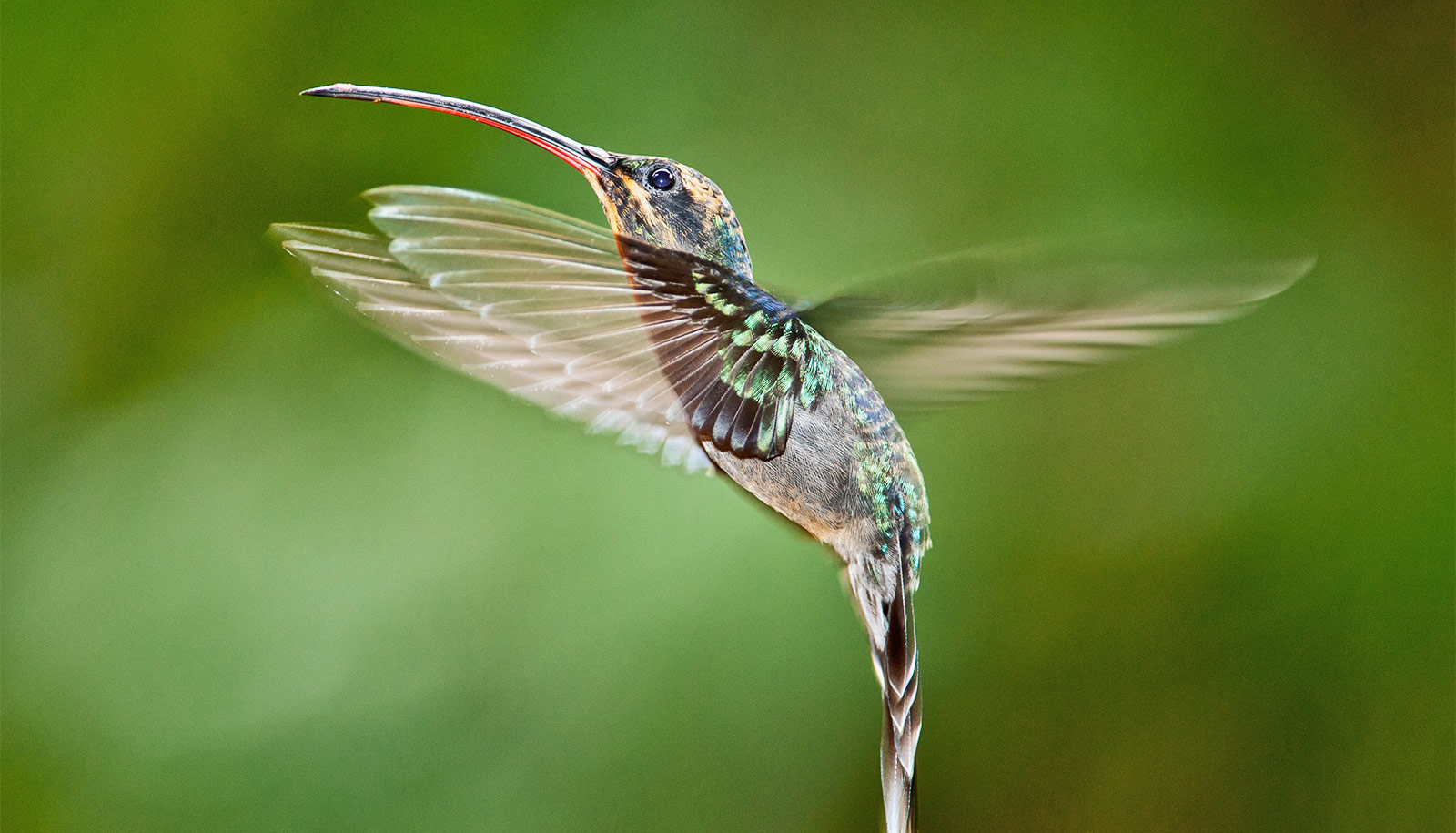Brown and black bears hibernate during winter to conserve energy and stay warm. But the same isn’t true for polar bears.
Only pregnant polar bears den up for the colder months. So how do the rest survive the extreme Arctic winters?
[related]
In a new study, researchers show that genes controlling nitric oxide production in the polar bear genome are different when compared to similar genes in brown and black bears.
“With all the changes in the global climate, it becomes more relevant to look into what sorts of adaptations exist in organisms that live in these high-latitude environments,” says lead researcher Charlotte Lindqvist, assistant professor of biological sciences at the University at Buffalo.
“This study provides one little window into some of these adaptations,” she says. “Gene functions that had to do with nitric oxide production seemed to be more enriched in the polar bear than in the brown bears and black bears. There were more unique variants in polar bear genes than in those of the other species.”
Heat instead of energy
Researchers say the genetic adaptations are important because of the crucial role that nitric oxide plays in energy metabolism.
Typically, cells transform nutrients into energy. However, there is a phenomenon called adaptive or non-shivering thermogenesis, where the cells will produce heat instead of energy in response to a particular diet or environmental conditions.
Levels of nitric oxide production may be a key switch triggering how much heat or energy is produced as cells metabolize nutrients, or how much of the nutrients is stored as fat, Lindqvist says.
“At high levels, nitric oxide may inhibit energy production,” says Andreanna Welch, first author and a former postdoctoral researcher with Lindqvist. “At more moderate levels, however, it may be more of a tinkering, where nitric oxide is involved in determining whether—and when—energy or heat is produced.”
In the new study, published in the journal Genome Biology and Evolution, scientists looked at the mitochondrial and nuclear genomes of 23 polar bears, three brown bears, and a black bear.
The research is part of a larger program devoted to understanding how the polar bear has adapted to the harsh Arctic environment. In 2012, Lindqvist and colleagues reported sequencing the genomes of multiple brown bears, black bears, and polar bears.
In an earlier paper in the Proceedings of the National Academy of Sciences, comparative studies between the DNA of the three species uncovered some distinctive polar bear traits, such as genetic differences that may affect the function of proteins involved in the metabolism of fat—a process that’s very important for insulation.
Co-authors include scientists from Penn State, the US Geological Survey Alaska Science Center, Durham University, and the University of California, Santa Cruz. The University at Buffalo and the National Fish and Wildlife Foundation supported the study.
Source: University at Buffalo


